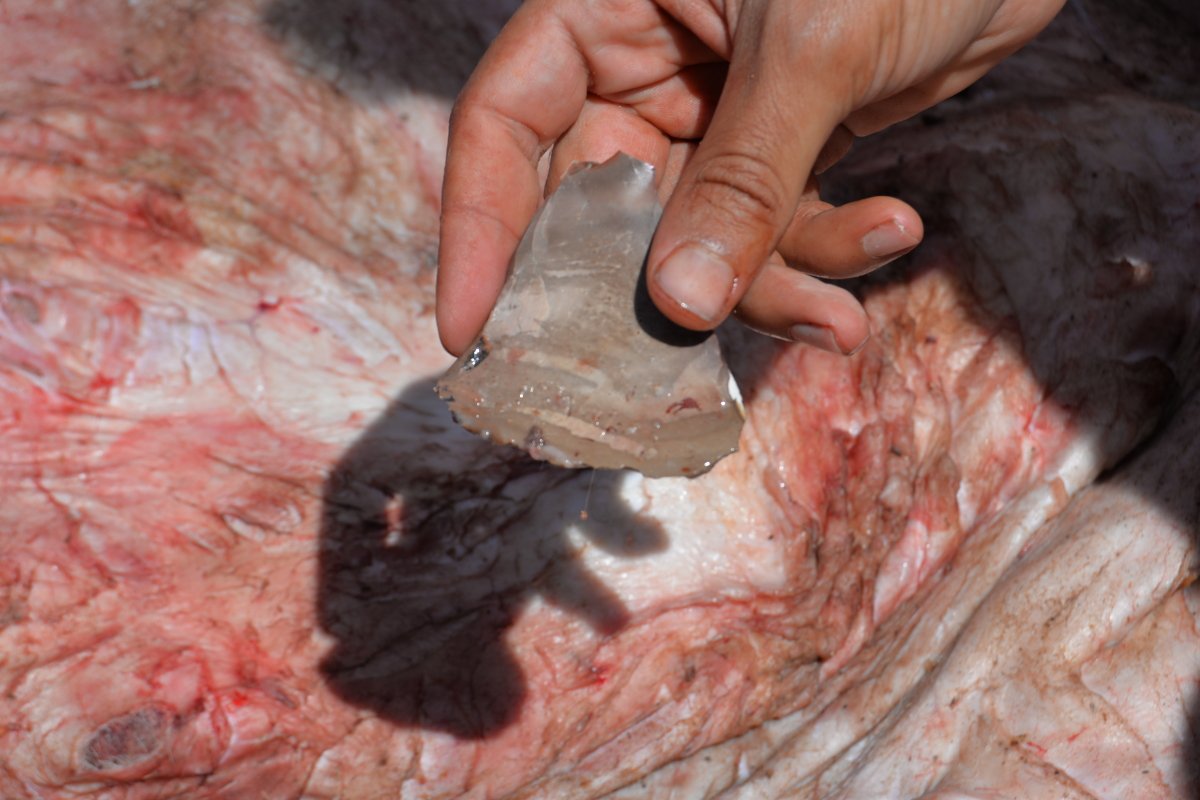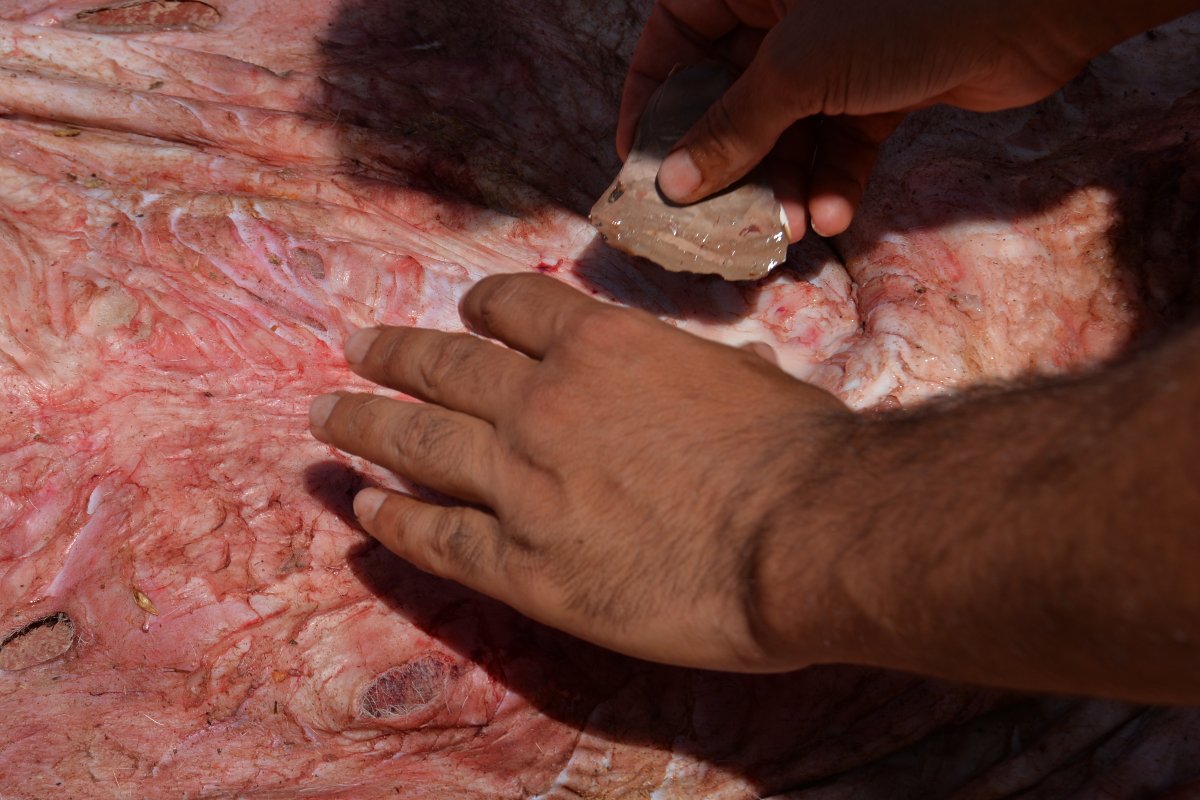The origins of anatomically modern human technologies in north-western Africa
The Aterian findings include bone and ivory tools, the exploitation of different animal, vegetal and marine resources, as well as the use of pigment and perforated shells for symbolic expressions. Within this cultural repertoire, by focusing on aspects such as ecological adaptations and technological transmission, stone tools represent crucial evidence by which to trace the emergence and development of behaviors over time. The studies of the Aterian stone tool industries from different regions in North Africa are argued to display significant variability and technological flexibility. However, the significance of such variability and organization in the evolution of human behavioural traits is still unknown. Any scope for discussing the Aterian industries is still limited by the paucity of detailed lithic studies related to use-wear analysis.
This project aims to bridge this gap of knowledge by providing new functional studies on the MSA-Aterian context which can now be extended back well to MIS 5 or even earlier. In this project, an experimental approach is adjusted to the use-wear analysis of lithic tools from key MSA sites in Morocco.
The methodology includes
- fieldwork in which the same lithic raw material present in the four sites was procured from different sources,
- experiments including the manufacture of stone tools and their use for different tasks, and
- laboratory work that includes the microscopic study of both experimental and the archaeological stone tools to determine the function of the latter.
In sum, this work aims at shedding light on how stone tools were designed and used and how this reflects human behavioural decision-making processes, associated with different environments, including coastal adaptations and landscape resource use. It will also make a significant contribution to the debate on the origins of Homo sapiens’ origins and the emergence of so-called complex human behaviour in Africa.
- Copy link
- Print article
Contact
- Dr. Joao Marreiros
- +49 2631 9772-271
- Kontakt
Project Period
- Since 01.2022

